Lemon Chicken Romano
Lemon Chicken Romano is a simple yet elegant dish that’s perfect for a weeknight dinner or a special occasion. Tender, golden-brown chicken breasts are coated in a crispy crust, then topped with a flavorful, zesty sauce made from chicken broth, lemon juice, garlic, and butter.
The addition of Pecorino Romano cheese adds a savory richness that balances beautifully with the fresh citrus.
It’s a light, refreshing take on chicken with an irresistible combination of textures and flavors that will leave everyone craving more.
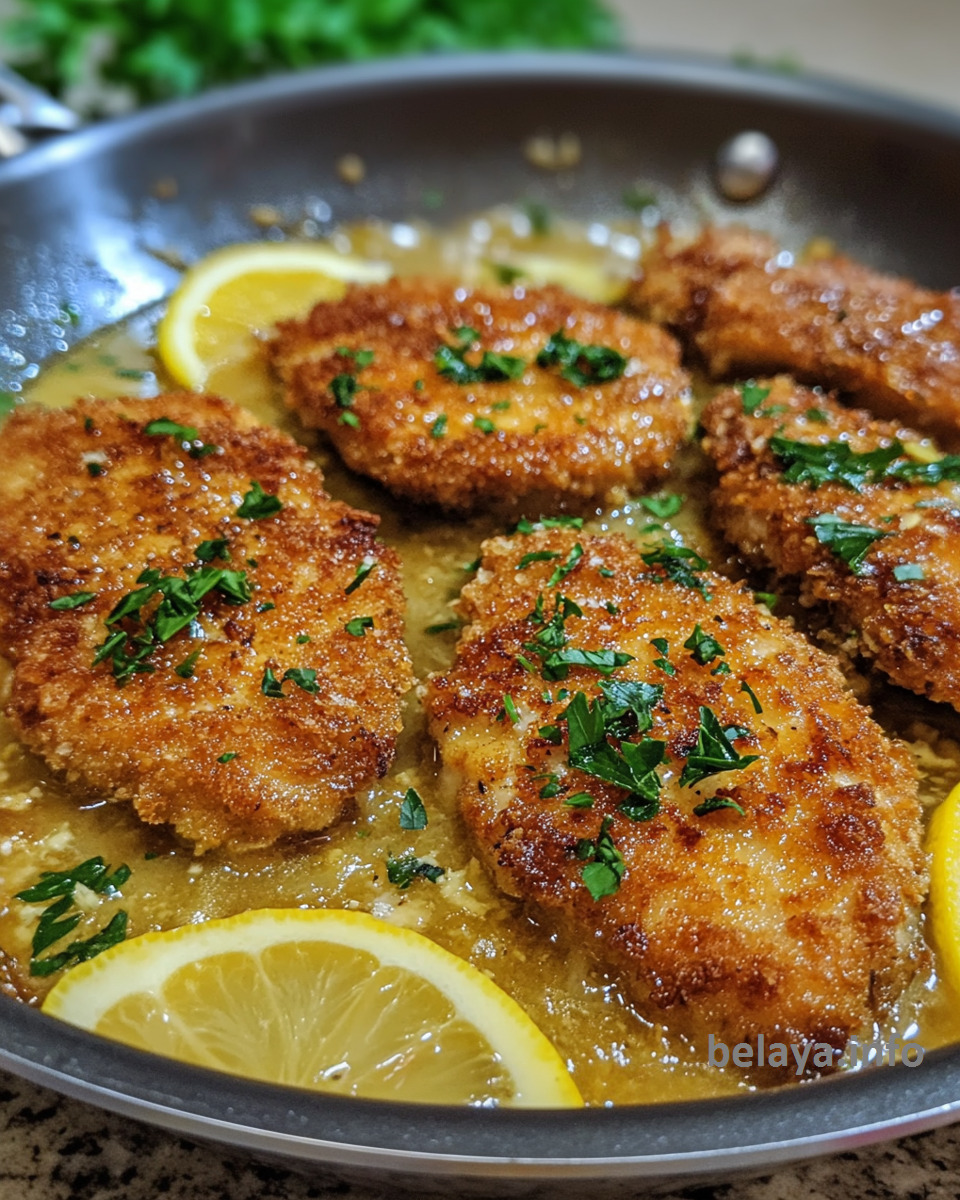
Why You’ll Love This Lemon Chicken Romano Recipe:
Golden, cheesy crust with a satisfying crunch: The chicken is coated in a delicate mixture of egg and Pecorino Romano, creating a rich, salty crust that turns beautifully crisp and golden in the skillet—offering texture and flavor in every bite.
Bright, velvety lemon butter sauce: The sauce balances richness and acidity—cutting through the fried exterior with a gentle tang, while butter and garlic create a luxurious mouthfeel that lingers just enough.
Elegant yet approachable: This dish feels special enough for entertaining but comes together with pantry staples and simple techniques—making it perfect for both weeknight meals and weekend dinners.
Deep umami with layered simplicity: The Romano cheese, garlic, and chicken broth infuse the dish with savory depth, while parsley and lemon keep the flavors fresh and clean.
Versatile pairings: Lemon Chicken Romano pairs seamlessly with pasta, roasted vegetables, or a simple salad—making it endlessly adaptable to different seasons and occasions.
Gluten-free friendly without compromise: With a simple flour swap, this recipe maintains all its crispy texture and rich flavor, making it an inclusive option for gluten-sensitive guests.
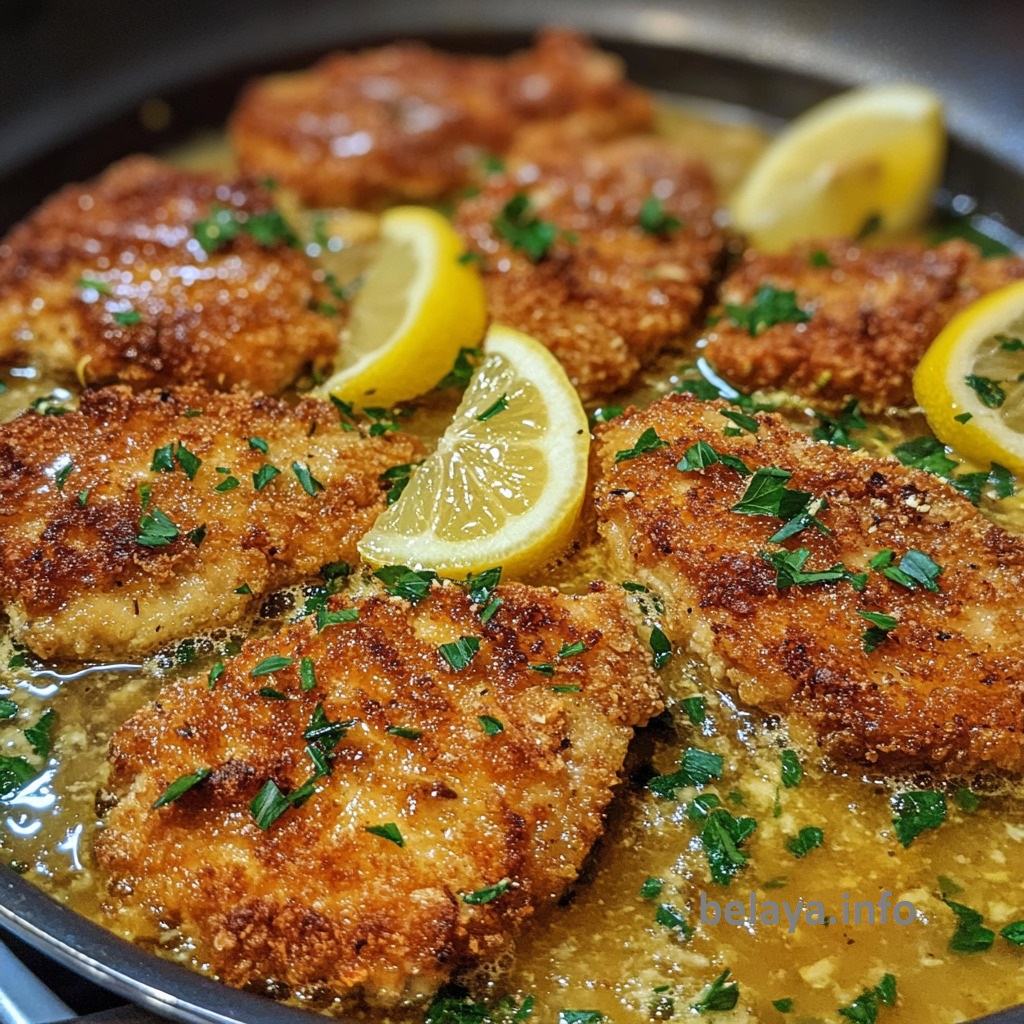
Key Ingredients:
Boneless, skinless chicken breasts: When butterflied and pounded thin, they cook quickly and evenly—absorbing the crust and sauce beautifully while remaining tender and juicy inside.
Pecorino Romano cheese: This bold, salty Italian cheese infuses the crust with sharp umami flavor, creating a richly savory coating that crisps beautifully when pan-fried.
Eggs: Lightly beaten eggs act as a binder, helping the cheese adhere to the chicken and creating a delicate, golden crust when cooked in hot oil.
Lemon juice: Freshly squeezed lemon juice brings vibrant acidity that cuts through the richness of the fried chicken and butter—lifting the dish with brightness and balance.
Chicken broth: The base of the sauce, it adds savory depth and body, enriching the lemon and garlic without overpowering the freshness of the citrus.
Garlic and red pepper flakes (optional): Garlic provides a fragrant, earthy base for the sauce, while red pepper flakes add a subtle, lingering heat for those who want a hint of spice.
Butter: Added at two points in the recipe, butter brings richness and silkiness—first for cooking aromatics, and then to finish the sauce with a glossy, velvety texture.
Parsley: Freshly chopped parsley adds a final burst of herbaceous brightness, grounding the richness with a clean, green finish.
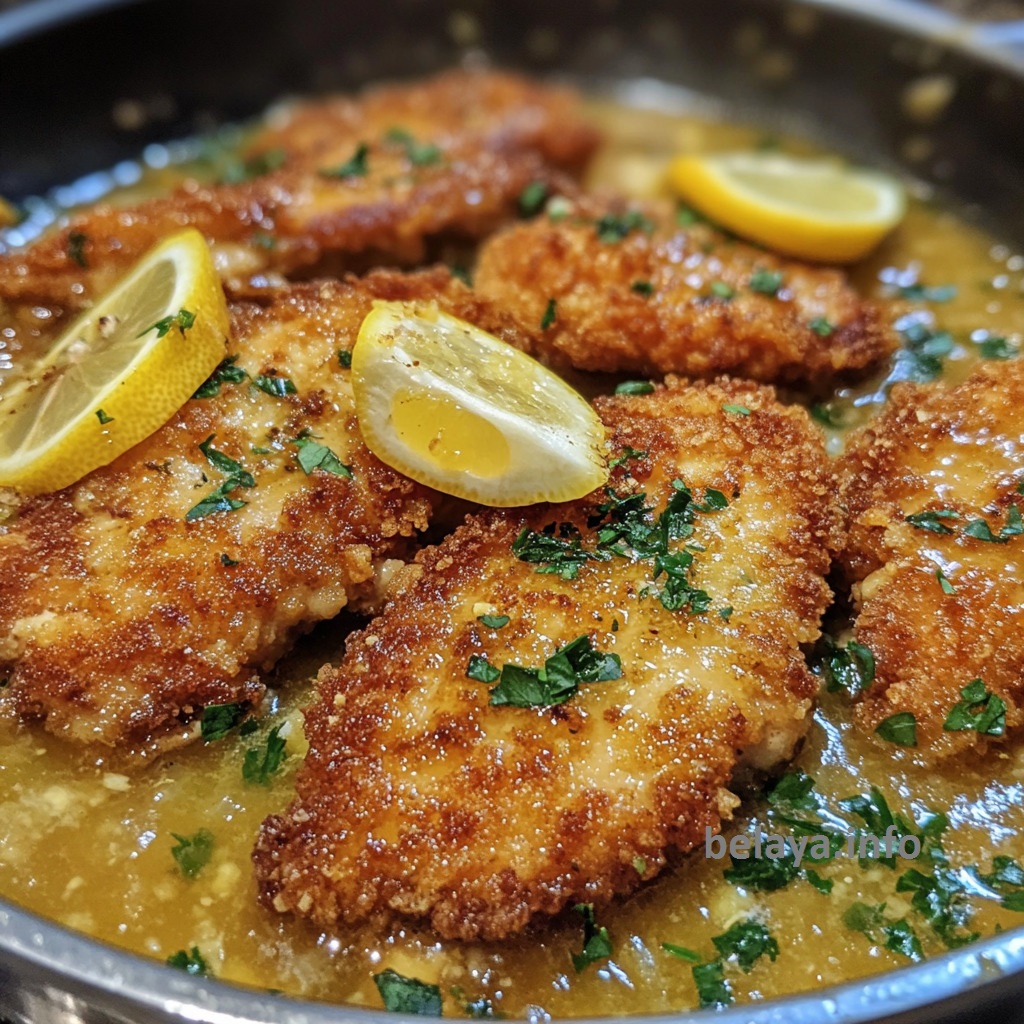
Expert Tips:
Pound the chicken evenly for texture and tenderness: Uniform thickness ensures that the chicken cooks evenly and quickly without drying out. Pounding also tenderizes the meat, creating a more delicate bite beneath the crispy crust.
Use finely grated Pecorino Romano for better adhesion: The finer the cheese, the better it blends with the egg and clings to the chicken. Coarser shreds may fall off during frying or burn in the pan.
Let the coated chicken rest briefly before frying: After dredging and coating, let the chicken sit for 5–10 minutes. This helps the coating “set,” minimizing the risk of it separating from the meat while cooking.
Fry over medium-high heat and avoid overcrowding: Too much chicken in the pan lowers the oil temperature and causes steaming instead of crisping. Fry in batches, and let the oil return to temperature between batches.
Deglaze with broth to capture every bit of flavor: After frying, don’t clean the pan. Sauté the garlic in the same skillet and use the chicken broth to deglaze, scraping up browned bits for a richer, more layered sauce.
Add butter off heat to finish the sauce: Stirring in butter at the end, away from direct heat, creates a silky, emulsified finish without breaking the sauce. It adds body and a luxurious mouthfeel that coats the chicken beautifully.
Garnish just before serving: Add the fresh parsley right before plating to preserve its color and freshness—it provides a cooling herbal note that balances the lemon and richness of the Romano crust.
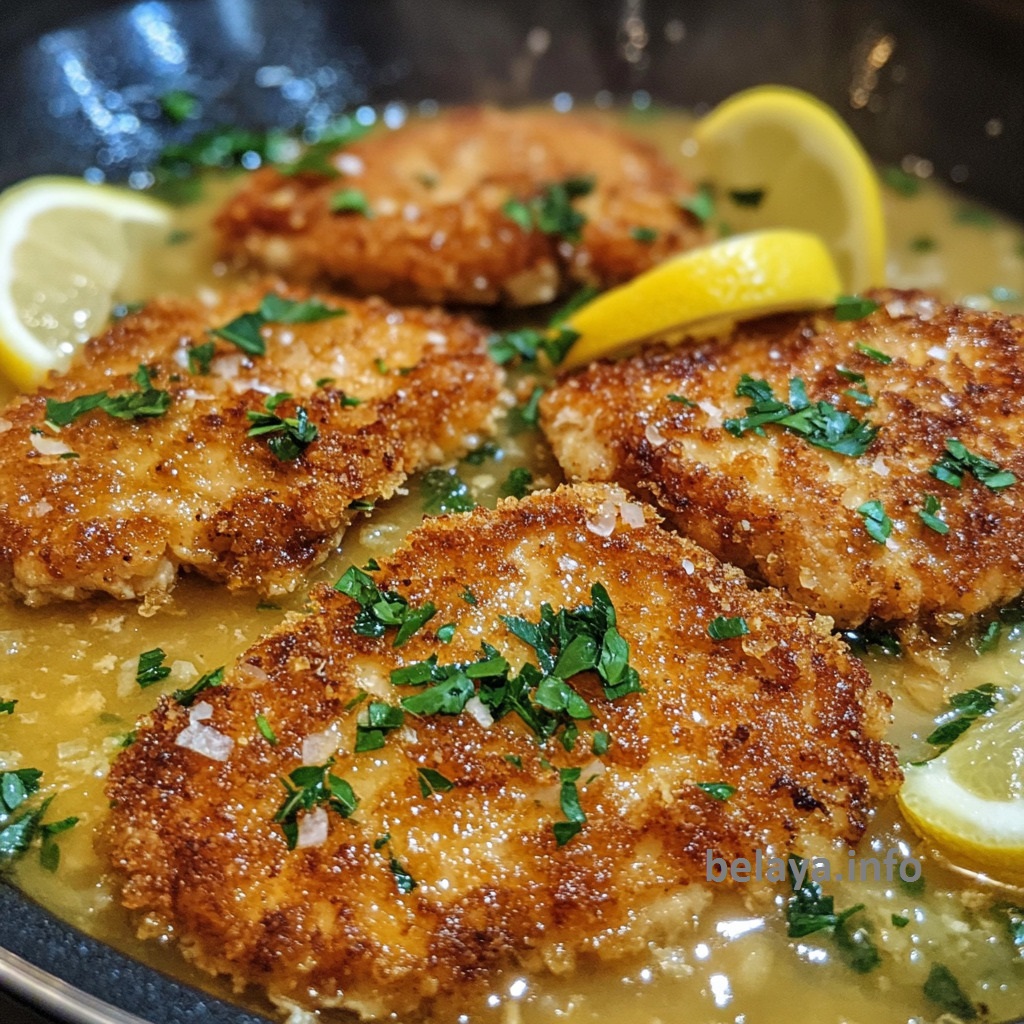
Lemon Chicken Romano
Ingredients
2 tablespoons oil
1 pound boneless and skinless chicken breasts, butterflied and pounded thin
salt and pepper to taste
1/4 cup flour (gluten-free for gluten-free)
2 eggs, lightly beaten
1/4 cup pecorino romano cheese, grated
1 tablespoon butter
2 cloves garlic, chopped
1 pinch red pepper flakes (optional)
1 cup chicken broth
2 tablespoons lemon juice
1 tablespoon butter
1 tablespoon parsley, chopped
Instructions:
Sear the Chicken:
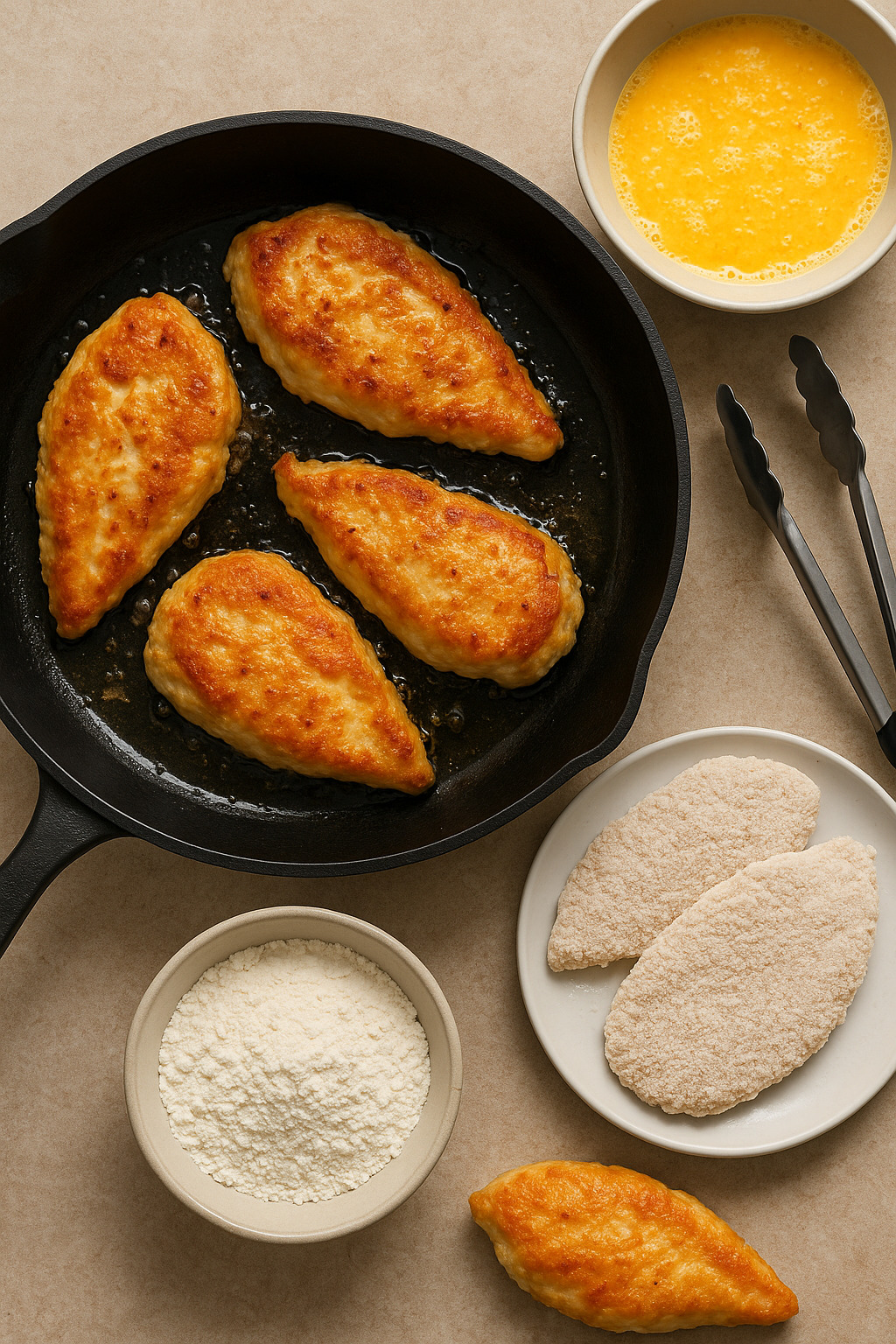
Heat the oil in a skillet over medium-high heat.
Season the chicken with salt and pepper.
Dredge the chicken in flour, shaking off any extra flour, dip in the egg and Romano cheese mixture, and then shake off the excess.
Fry the chicken in the hot oil until lightly golden and crisp on both sides, then set aside.
Make the Sauce:
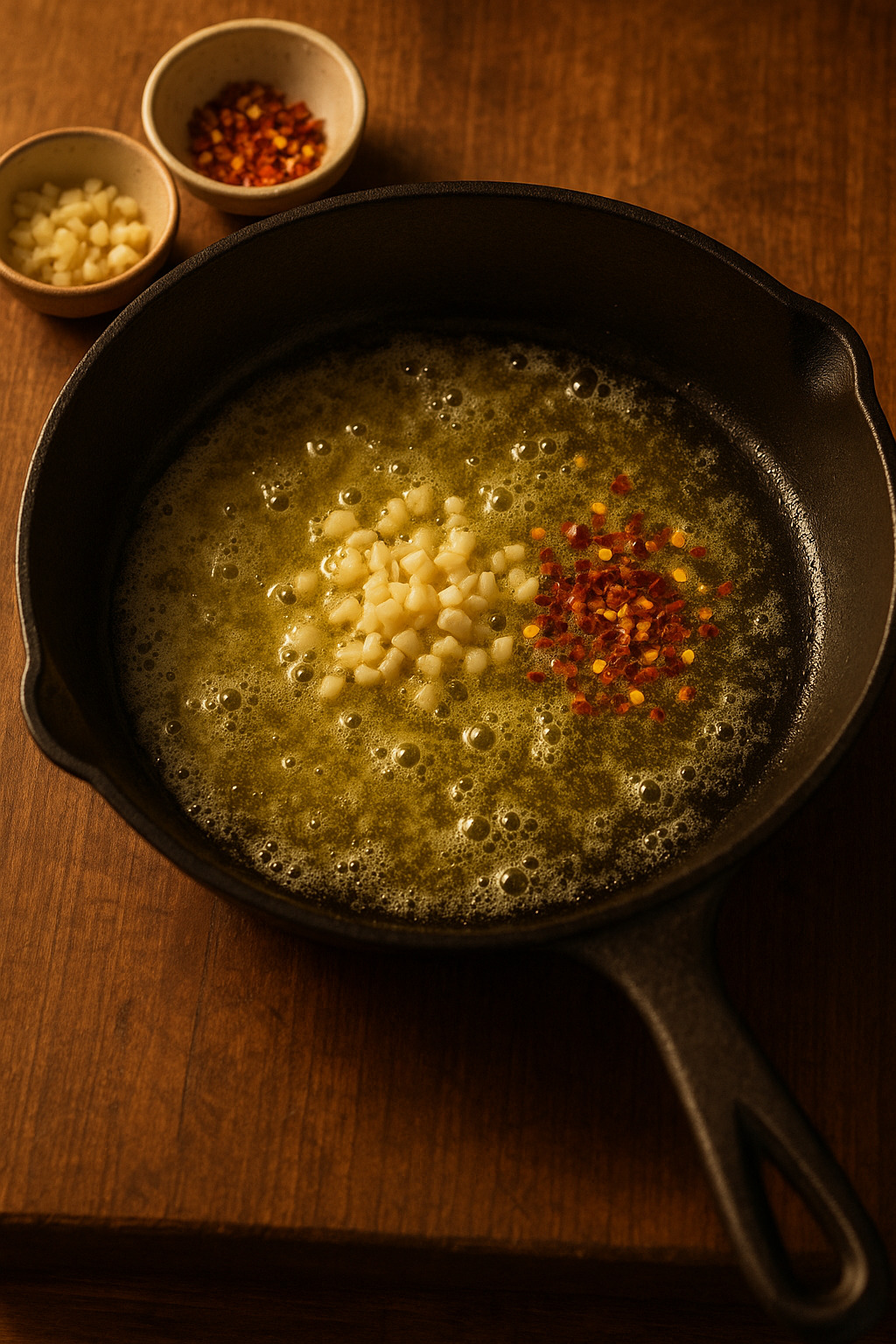
In the same skillet, add butter and allow it to melt over medium heat.
Once it sizzles, add the garlic and red pepper flakes (if using), cooking until fragrant, about a minute.
Simmer the Broth:
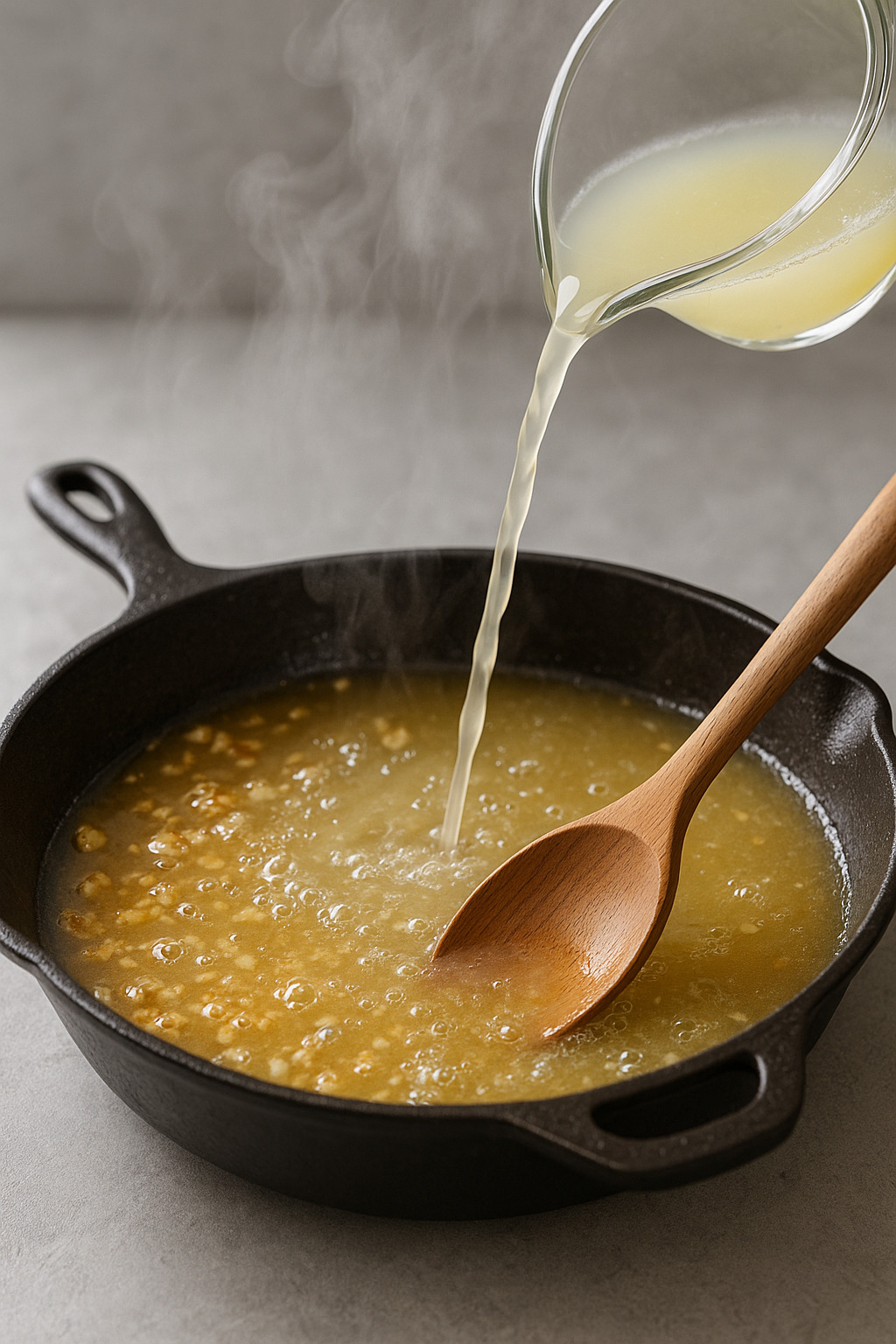
Pour in the chicken broth and lemon juice, bringing it to a boil.
Let the sauce simmer for about 3 minutes until it slightly thickens.
Finish the Sauce:
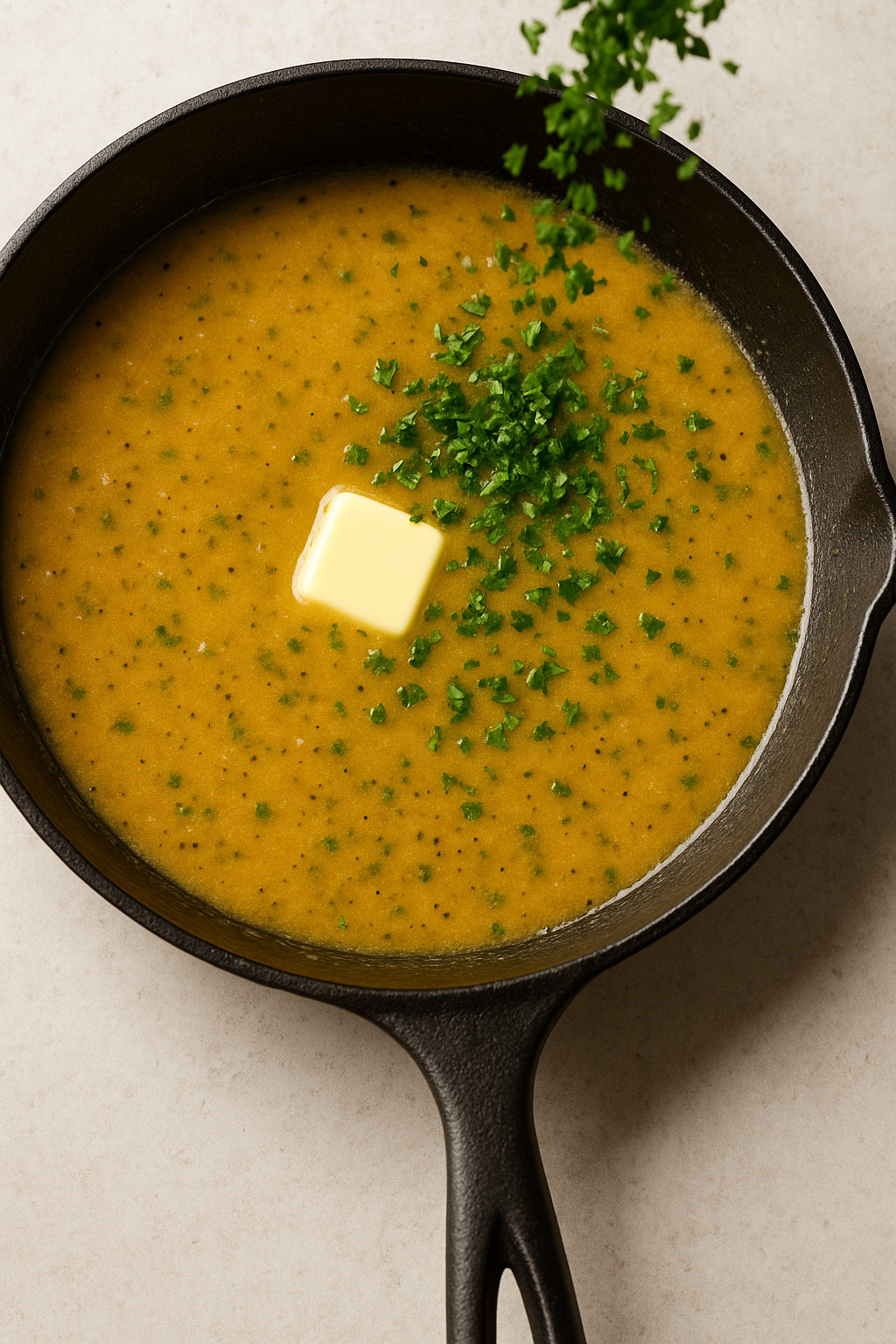
Remove the skillet from heat.
Stir in the additional tablespoon of butter and chopped parsley.
Serve:
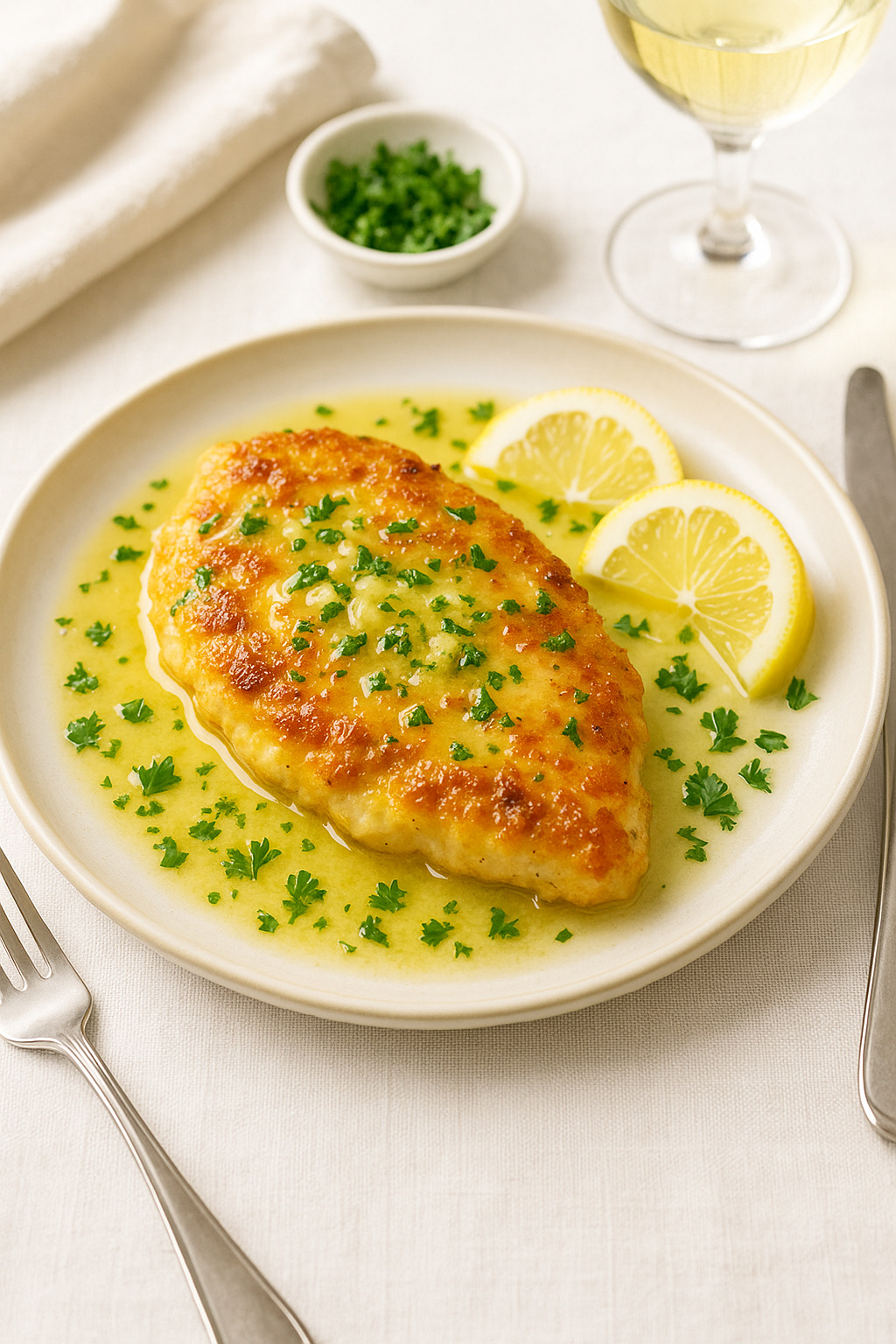
Pour the sauce over the chicken and serve hot!
Important Notes When Making Lemon Chicken Romano
The crust is the flavor foundation—treat it with care: The blend of egg and Pecorino Romano cheese forms more than a coating; it creates a deeply savory, golden shell that carries the dish. Be sure the cheese is well-integrated into the egg and that the chicken is evenly coated for the perfect crisp.
Avoid flouring too far in advance: Dredge the chicken just before frying to prevent the coating from becoming soggy. If you let it sit too long, the flour and egg mixture can become gummy and detach in the pan.
The lemon juice is not just a flavor—it’s a balancing agent: It cuts through the fat from the cheese and butter, and its acidity makes the dish feel lighter. Always use fresh lemon juice, as bottled varieties lack brightness and can taste dull or bitter.
Control heat carefully throughout: High heat is needed to sear the chicken to a crisp, golden crust—but lower the heat slightly when making the sauce. This prevents garlic from burning and ensures the butter emulsifies properly when added off heat.
Use low-sodium broth to avoid over-salting: Romano cheese is naturally salty, and when combined with seasoned flour and broth, the dish can quickly become overseasoned. Taste the sauce before adding more salt.
The final butter finish is more than indulgent—it’s structural: Butter gives the sauce its smooth, glossy texture and allows it to coat the chicken evenly. Adding it after removing the skillet from heat ensures the sauce won’t break or become greasy.
Let the chicken rest briefly before serving: After pouring the sauce, allow the dish to rest for a few minutes. This gives the crust time to absorb just enough sauce without becoming soggy, preserving its crispy edges while drawing in flavor.

How to Enjoy Lemon Chicken Romano After Cooking
Let It Rest Briefly
After cooking, let the chicken rest for 3–5 minutes before serving. This helps the crust retain its texture and gives the sauce time to settle into a silky consistency without soaking the crust too quickly.
Serve It Immediately, While the Crust Is Crisp
This dish is best enjoyed fresh from the skillet, when the exterior is still golden and crisp, and the lemon-butter sauce is warm and vibrant.
Pair It Thoughtfully
Serve with sides that complement the richness and brightness:
Butter or garlic noodles to catch the sauce
Lemon risotto or parmesan polenta for an elegant base
Light sautéed greens (spinach, broccolini, or kale) to provide a bitter counterbalance
Simple arugula salad with lemon vinaigrette for a fresh, peppery contrast
Roasted asparagus or zucchini for a seasonal vegetable touch
Pair with Wine or Beverages
A crisp Chardonnay, Pinot Grigio, or a citrusy Sauvignon Blanc enhances the lemon notes and cuts the richness.
For a non-alcoholic option, try sparkling water with lemon and mint or an iced herbal tea with a hint of honey.
Enjoy as Leftovers (If You Must)
Reheat gently in the oven or air fryer at 350°F (175°C) for 10–12 minutes to re-crisp the crust without drying out the meat.
Avoid microwaving if possible, as it may soften the coating.
Slice leftovers and serve over salad, pasta, or in a wrap with greens and a touch of leftover sauce.
Nutrition Information:
YIELDS: 4 | SERVING SIZE: 1 breast
Calories: 375 kcal | Protein: 39 g | Fat: 23 g | Saturated Fat: 6 g | Monounsaturated Fat: 10 g | Polyunsaturated Fat: 2 g | Carbohydrates: 7 g | Fiber: 1 g | Sugar: 2 g | Cholesterol: 165 mg | Sodium: 500 mg | Potassium: 490 mg
Frequently Asked Questions:
Can I use chicken thighs instead of breasts?
Yes, you can substitute boneless, skinless chicken thighs for the chicken breasts.
Chicken thighs will provide a slightly richer flavor and stay juicier.
Just be sure to adjust cooking times as chicken thighs may take a little longer to cook through.
Can I make this recipe gluten-free?
Absolutely! To make Lemon Chicken Romano gluten-free, simply substitute the all-purpose flour with a gluten-free flour blend.
Make sure the pecorino romano cheese and any other ingredients you use are gluten-free as well.
What if I don’t have pecorino romano cheese?
If you don’t have pecorino romano cheese, you can substitute it with Parmesan cheese.
While it won’t have the exact same sharpness as pecorino romano, Parmesan is a great alternative and will still give you a delicious flavor in the dish.
Can I make this dish ahead of time?
While it’s best served fresh, you can prepare the chicken ahead of time by breading it and storing it in the refrigerator for a few hours.
When ready to serve, quickly sauté the chicken and make the sauce.
The sauce can also be made ahead and stored in the fridge for up to 2 days.
Just reheat it before serving.
Can I substitute the chicken broth with something else?
Yes, you can substitute chicken broth with vegetable broth for a lighter, vegetarian option, or you can use white wine for an added depth of flavor.
Just keep in mind that wine will add acidity, so adjust the seasoning accordingly.
How do I get the chicken to be crispy?
To ensure the chicken is crispy, make sure to follow these steps:
Pound the chicken breasts thin to ensure even cooking.
Dredge the chicken in flour, then dip it into the egg and cheese mixture, ensuring it’s well-coated before frying.
Fry the chicken in enough oil to fully coat the bottom of the pan, and don’t overcrowd the pan—this will allow the chicken to crisp up.
What’s the best way to thinly slice the chicken?
The best way to slice the chicken thinly is to first butterfly the breasts (slice them horizontally) and then gently pound them to an even thickness with a meat mallet or rolling pin.
This will help ensure they cook quickly and evenly while staying tender.
Can I use a different type of cheese?
While pecorino romano adds a distinct sharp flavor, you can use Parmesan cheese if you prefer a milder taste.
Just keep in mind the flavor profile will change slightly, but the recipe will still be delicious.
What should I do if my sauce doesn’t thicken?
If the sauce isn’t thickening after simmering, you can simmer it for a few more minutes.
Alternatively, you can mix a small amount of cornstarch or flour with cold water to create a slurry, and then stir it into the sauce to help it thicken.
Can I make this recipe without the egg wash?
The egg and pecorino romano cheese mixture helps create a crispy and flavorful crust on the chicken.
If you prefer to skip the egg wash, you could use a breadcrumb coating, but it will give a different texture to the dish.
The egg wash is recommended for the best results.